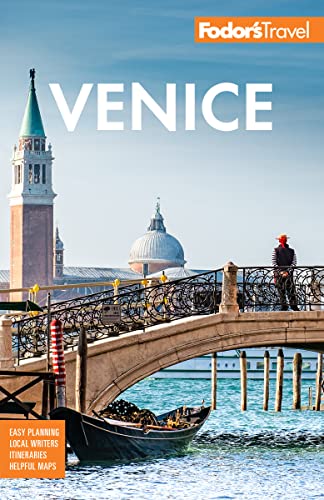Venice's Biennale
The Biennale dell'Arte originated in 1894 and, except for World War interruptions, has taken place every two years since. In 1910 Klimt and Renoir had their own exhibition rooms, while Picasso was removed from the Spanish salon over concern his paintings were too shocking. Picasso's work was finally shown in 1948, the same year Peggy Guggenheim brought her collection to Venice at the Biennale's invitation. During the century-plus of its existence it has become one of the world's major interdisciplinary art expositions. "Biennale" now refers to the group that coordinates festivals of art, film, music, dance, theater, and architecture.
Where to Go
The Biennale dell'Arte currently takes place from mid-June to early November in odd-numbered years. The Giardini della Biennale, in the sestiere Castello, was developed specifically for the event. In this parklike setting overlooking the lagoon, 30 countries have permanent pavilions to exhibit works by their sponsored artists. In the neighboring Arsenale's Corderie, a long, beautiful building otherwise off-limits to visitors, has works by artists from smaller nations, as well as some more avant-garde installations. Numerous palaces, warehouses, and churches all over town also hold exhibits, often in buildings not normally open to the public.
Movies
The Biennale del Cinema (also known as the Mostra Internazionale d'Arte Cinematografica, or Venice Film Festival) was first held in 1932 and soon becane an annual event. Films are shown in several theaters at the Palazzo del Cinema (Lungomare Guglielmo Marconi 90, Lido041/2726511Vaporetto: Lido Casinò or S.M. Elizabetta), which is closed most of the year but comes to life in August with bright lights, movie stars, and thousands of fans.
Ten days of 9 am to 2 am screenings include films vying for awards as well as retrospectives and debuts of mainstream releases. Advance tickets are recommended for the most eagerly awaited films (the tourist office has details). The night after major films play the Palazzo del Cinema, they're shown in Venice proper at Campo San Polo's open-air cinema and at the Giorgione Movie d'Essai. San Polo screens the winner of the Leone d'Oro (Golden Lion) prize the night following the awards ceremony.
Music
Since its launch in 1930, the Biennale Musica has attracted world-famous composers and performers. Igor Stravinsky premiered his Rake's Progress during the 1951 festival, and four years later it was George Gershwin's turn with Porgy and Bess. The annual event stretches over several months, with performances in some of the city's smaller venues.
Theater, Architecture, and More
Biennale Danza and Biennale Teatro, both stage performances during the year in the city's campi and in other venues. The Teatro Verde, an outdoor amphitheater on the island of San Giorgio, was restored for Biennale use, and you can't beat its lagoon backdrop. The Biennale of Architecture began in 1980 and now exhibits in the Corderie in alternate years with the Biennale dell’Arte.
Information
For information on all events, contact La Biennale di Venezia (Ca' Giustinian, San Marco 1364/A041/5218711 www.labiennale.org).




